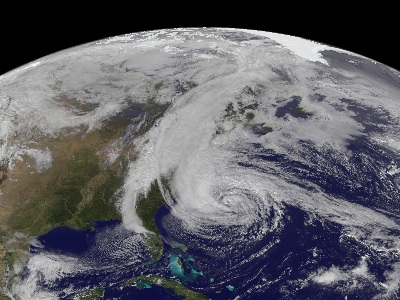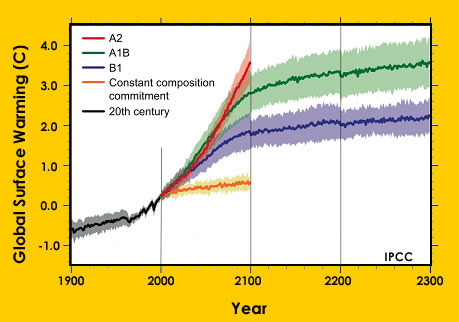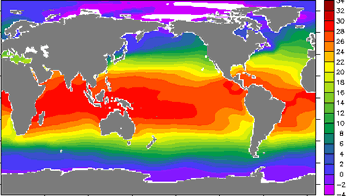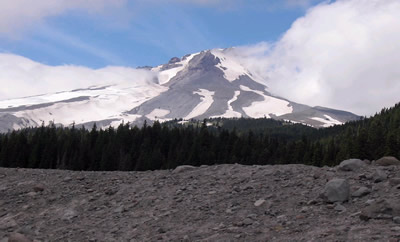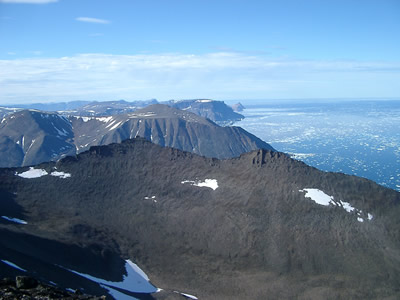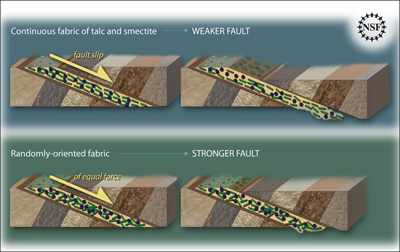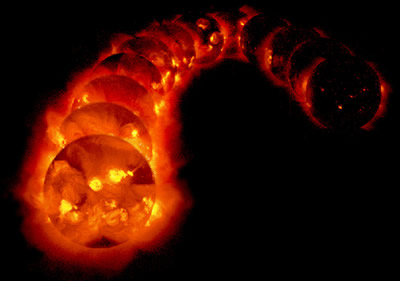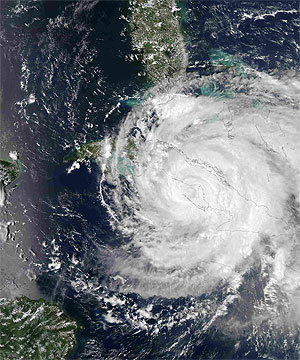
NASA
Scientists Study Hurricanes of the Future
News story originally written on October 8, 2008
The Gulf of Mexico and Caribbean Sea are often in the path of hurricanes. These violent storms are hazards for people living near the coast in this region because of the wind, the waves, and especially the storm surge. Drilling platforms, refineries, and pipelines in the Gulf of Mexico are vulnerable to severe weather too.
There’s evidence that global warming may lead to more of these violent storms or stronger storms, but scientists still have many unanswered questions. That’s why scientists are taking a close look at this region using weather and climate models. They are trying to figure out if changes in the number and intensity of these powerful storms are likely over the next few decades. They also want to know whether climate change will affect the path of hurricanes and whether the powerful storms have an impact on global climate.
"It's clear from the impacts of recent hurricane activity that we urgently need to learn more about how hurricane intensity and behavior may respond to a warming climate," says NCAR scientist Greg Holland, who is leading the project.
One of the biggest challenges will be to create a model that can show both the climate of the entire world and a single hurricane. To show details for certain regions, like the Gulf of Mexico, while also including global climate, scientists will combine a regional weather model with a global climate model. These models are run on one of the world's most powerful supercomputers.
"Combining weather and climate models in this way enables more detailed projections of hurricanes in a warming world than any study to date," says Greg Holland. Results from this study are expected early next year.






